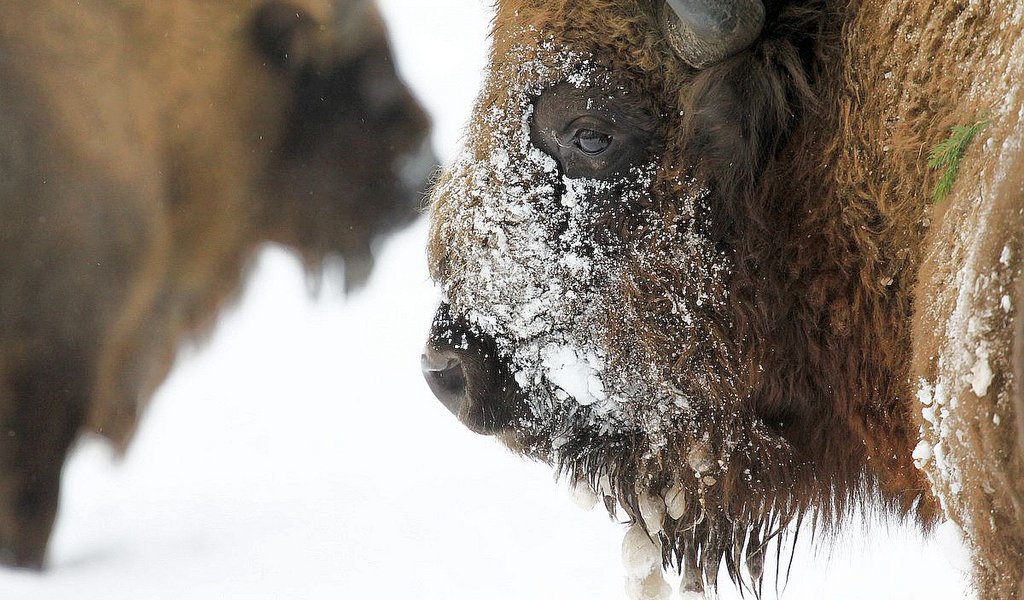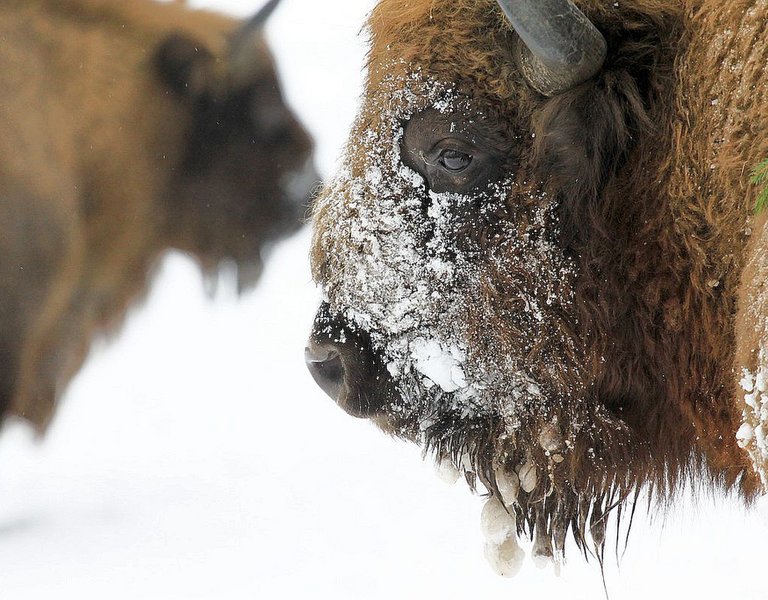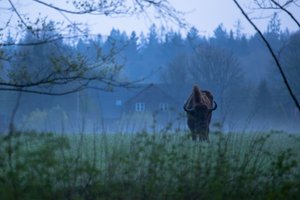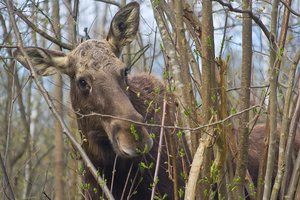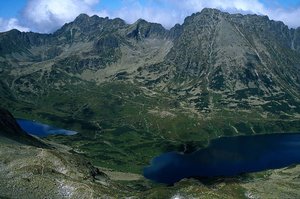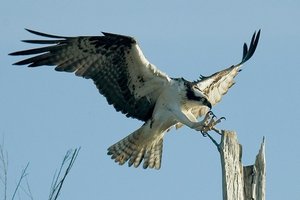Białowieża National Park
Protects last remaining fragment of Europe's primeval forest. Habitat of the world’s largest herd of European bison.
The world’s largest wild bison habitat, located in the north-eastern part of Poland in the Podlasie Voivodeship and covering a part of the Białowieża Forest extending over 100 square kilometres, is a unique spot in the world. It is Europe’s last well-preserved fragment of a primeval forest that used to cover a large part of the Old Continent.
This wildlife reserve - the Strictly Protected Area of the Białowieża National Park - was added to the UNESCO World Heritage List in 1979. In1992, UNESCO extended the status of this world heritage site to cover the adjacent fragment of the Białowieża National Park, the Belovezhskaya Forest. This has led to the formation of a cross-border World Heritage site, one of the seven such sites in the world and one of three such sites existing in Europe.
The Białowieża National Park was established in 1932 as Poland’s second national park and one of Europe’s first. It is inhabited by 12 thousand animal species, which is a huge number for this climate zone. For comparison, Poland’s entire territory is covered by 35-40 thousand animal species. The park’s symbol is the European bison or zubr, the largest mammal living in the wild in Europe. This species was re-established in the Białowieża National Park several dozen years ago by zoo-breeding seven surviving European bison or wisent. Today all bison inhabiting the earth whose number was estimated at 3000 in 2012 (source: the European Bison Network) come from the Białowieża-based Bison Breeding Centre. In 2012, in Poland there were 1299 bison, of which over a half lived in the Białowieża Forest.
The park is also inhabited by lynx, wolves, stags, deer, boars, elk and a great variety of bird species for which the Białowieża Forest is one of the largest refuges in Europe. Since 2010, this area has been part of Important Bird Areas established by BirdLife International.
AS
27.09.2014
